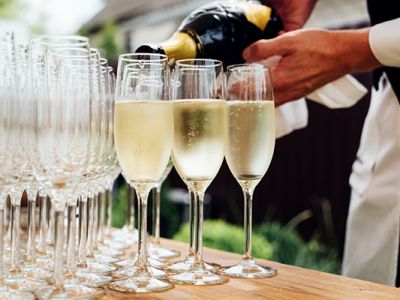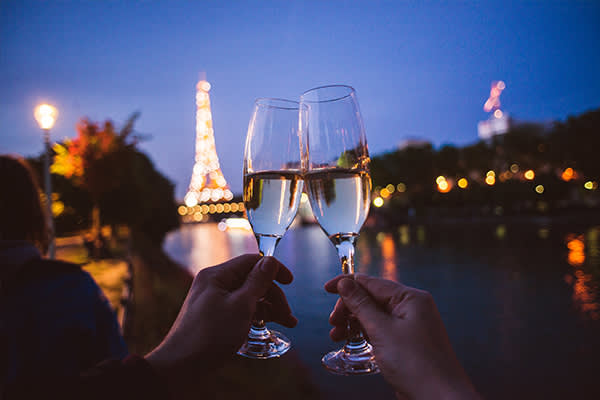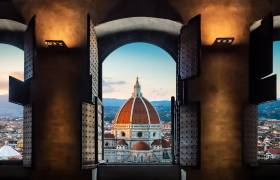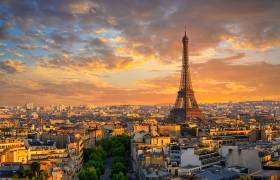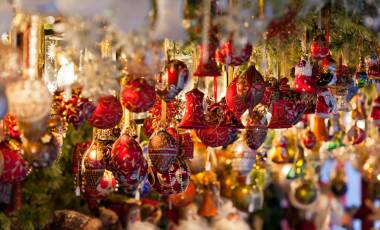
German Christmas Markets
Per person, double occupancy, excludes roundtrip airfare
Immerse yourself in the festive traditions of Germany at Christmastime! The air is perfumed with the aromas of mulled wine and gingerbread, and the streets are aglow in glistening lights.
Request A Quote
Per person, double occupancy, excludes roundtrip airfare. Passport required.
See Dates & Prices